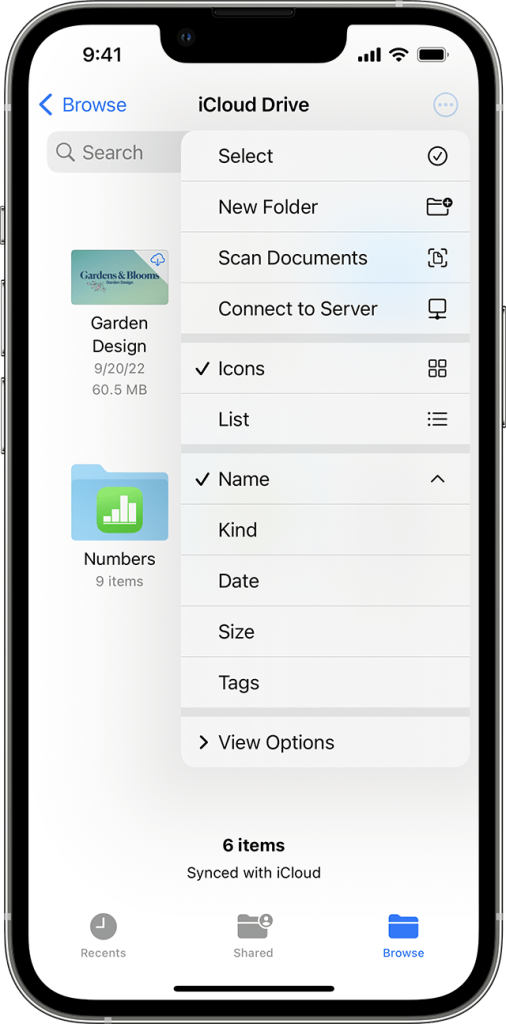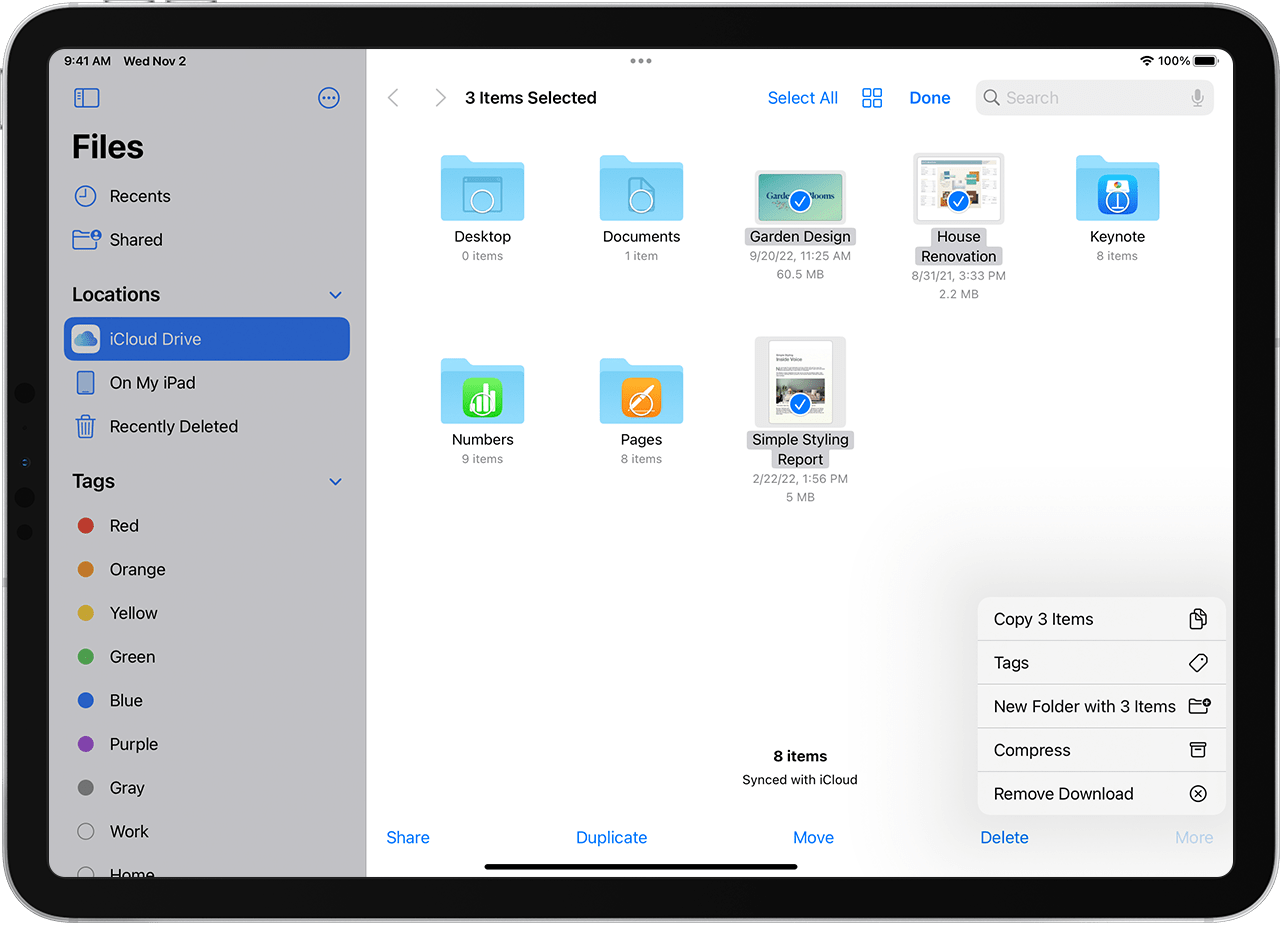Unveiling Wisdom: Exploring the Significance of Phone Quotes
In the age of smartphones, where connectivity and communication thrive, the words spoken about our handheld devices often hold profound wisdom. This article delves into the world of phone quotes, extracting insights from renowned figures, exploring the impact of technology on our lives, and unraveling the cultural significance of the quotes that resonate with smartphone users worldwide.
I. The Evolution of Communication: A Quote Journey
A. Early Inspirations: Pioneering Quotes of the Mobile Era
1. “Can You Hear Me Now?” – Unknown Origin
This ubiquitous phrase, often associated with mobile phone commercials, symbolizes the early challenges of mobile communication. The quest for a stable connection has been a constant theme in the evolution of mobile technology, reflecting the desire for seamless communication.
Quote Analysis: “The simplicity of ‘Can You Hear Me Now?’ encapsulates the early struggles of mobile communication. It highlights the fundamental need for clarity in our conversations.” – Dr. Telecommunication History, Communication Scholar.
2. “I’m on the Phone” – Unknown Origin
This seemingly straightforward statement carries layers of meaning. As smartphones became extensions of ourselves, this phrase transformed into a declaration of personal space and engagement with digital connectivity.
Quote Analysis: “The declaration ‘I’m on the phone’ represents a shift in the perception of personal space. It signifies the integration of smartphones into our daily lives and the need for moments of uninterrupted connection.” – Prof. Sociology of Technology, Cultural Analyst.
B. Contemporary Perspectives: Quotes Shaping the Digital Landscape
1. “There’s an App for That” – Steve Jobs
Coined by the late Apple co-founder Steve Jobs, this iconic phrase encapsulates the era of app-driven solutions. It reflects the transformative impact of mobile applications on diverse aspects of our lives, from productivity to entertainment.
Quote Analysis: “Steve Jobs’ visionary statement, ‘There’s an App for That,’ reflects the paradigm shift brought about by mobile apps. It underscores the power of technology to address a myriad of needs through a single device.” – Dr. Mobile Innovation, Technology Visionary.
2. “Swipe Right” – Tinder Origin
In the realm of dating apps, the simple act of swiping right has become synonymous with expressing interest. This phrase extends beyond its original context, symbolizing the digital era’s influence on how we connect and form relationships.
Quote Analysis: “‘Swipe Right’ goes beyond dating; it’s a cultural touchstone representing the digital approach to decision-making. The simplicity of a swipe has permeated various aspects of our online interactions.” – Prof. Digital Sociology, Social Media Scholar.
II. Philosophical Reflections: Quotes on Technology and Society
A. Mindful Connectivity: Balancing Presence and Digital Engagement
1. “We do not have a choice on whether we DO social media, the question is – HOW WELL WE DO IT.” – Erik Qualman
Erik Qualman’s quote emphasizes the inevitability of social media in our lives. It challenges us to consider the quality of our digital engagement rather than dismissing it altogether.
Quote Analysis: “Qualman’s quote prompts reflection on our relationship with social media. It calls for a conscious approach, urging us to navigate the digital landscape with intention and mindfulness.” – Dr. Digital Ethics, Ethical Technologist.
2. “The real problem is not whether machines think but whether men do.” – B.F. Skinner
Skinner’s thought-provoking quote delves into the responsibility that comes with technological advancements. It raises questions about human agency and the ethical considerations surrounding our creations.
Quote Analysis: “Skinner’s quote transcends its era, challenging us to ponder our role in shaping technology. It reminds us that, ultimately, the impact of technology depends on the choices we make as individuals and as a society.” – Prof. Ethics in Technology, Moral Philosopher.
III. Cultural Impact: Quotes Reflecting Societal Norms
A. The Selfie Culture: Quotes on Visual Identity
1. “But first, let me take a selfie.” – The Chainsmokers
This catchy phrase from The Chainsmokers’ song epitomizes the selfie culture. It underscores the contemporary ritual of capturing and curating our visual identity through smartphone cameras.
Quote Analysis: “The Chainsmokers’ lyrics capture the zeitgeist of our selfie-centric culture. The phrase reflects the prioritization of self-expression and visual documentation in the digital age.” – Dr. Visual Culture, Media Historian.
2. “Pics or It Didn’t Happen” – Internet Maxim
This internet maxim reflects the contemporary demand for visual proof. In an era dominated by smartphone cameras, the phrase underscores the cultural shift towards valuing photographic evidence.
Quote Analysis: “‘Pics or It Didn’t Happen’ encapsulates the visual validation sought in our digital interactions. It mirrors the influence of smartphone photography on shaping our perception of reality.” – Prof. Media Psychology, Visual Communication Expert.
IV. Futuristic Perspectives: Quotes Guiding Technological Futures
A. Artificial Intelligence and Beyond: Quotes Anticipating Tomorrow
1. “Artificial intelligence will reach human levels by around 2029. Follow that out further to, say, 2045, we will have multiplied the intelligence, the human biological machine intelligence of our civilization a billion-fold.” – Ray Kurzweil
Ray Kurzweil’s bold prediction delves into the potential trajectory of artificial intelligence. It sparks contemplation about the transformative power of technology in reshaping human intelligence.
Quote Analysis: “Kurzweil’s forecast invites us to envision a future where technology exponentially amplifies our cognitive capabilities. It prompts discussions about the ethical implications and societal shifts that may accompany such advancements.” – Dr. Future Technologies, Futurist.




